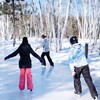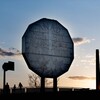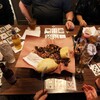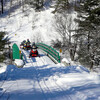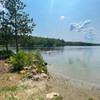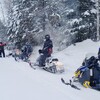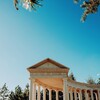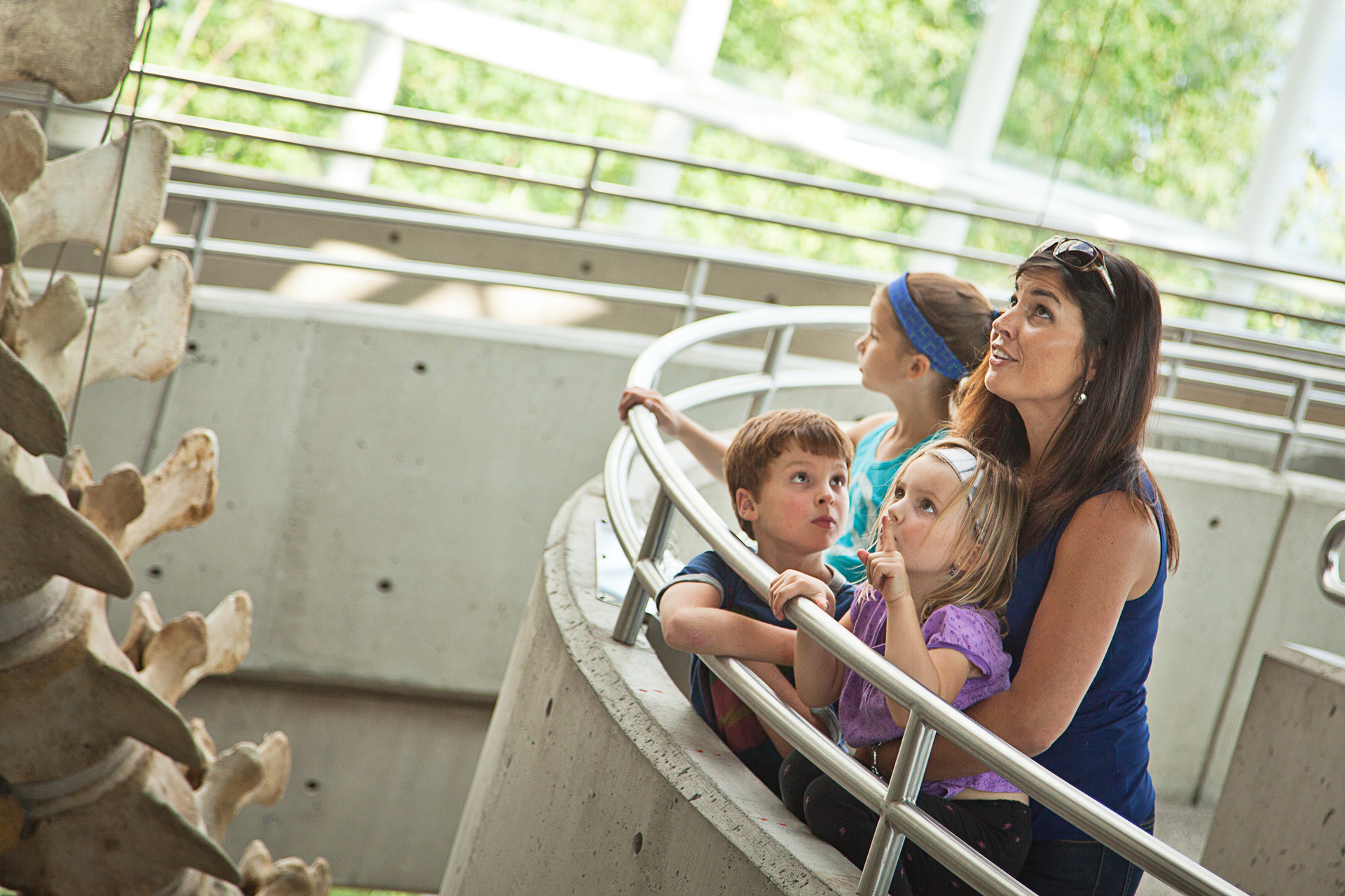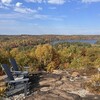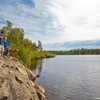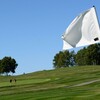
The Secret History of the Big Nickel: 10 Fascinating Facts About the World's Biggest Coin
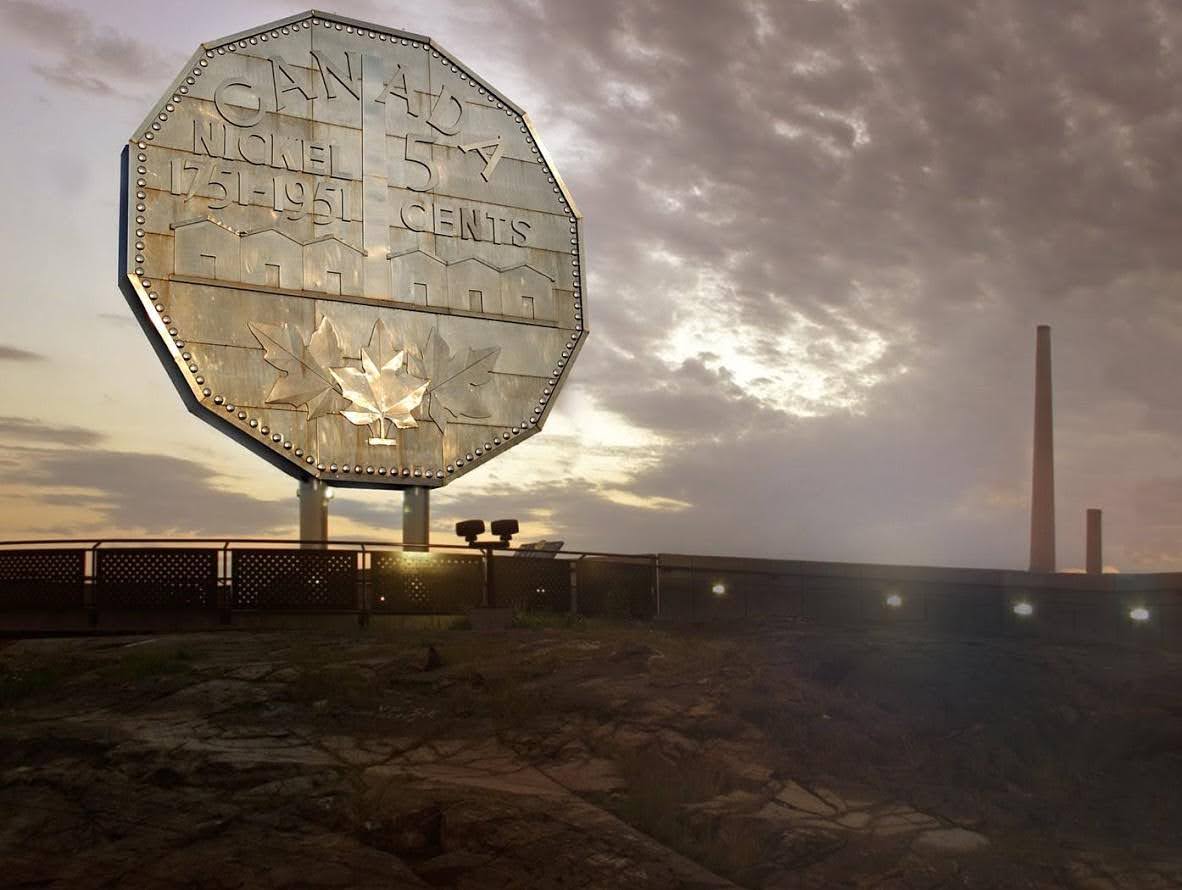
You may have heard the city of Sudbury, Ontario referred to as the “Nickel City,” and have probably seen images of the ginormous replica nickel—the 5-cent coin in Canadian currency—located there. But did you know there’s a fascinating history behind it?
Located at 122 Big Nickel Road on the western city limits, the Big Nickel is a must-visit spot to commemorate your visit to Sudbury—seriously, even singer "Weird Al" Yankovic visited in 1995!
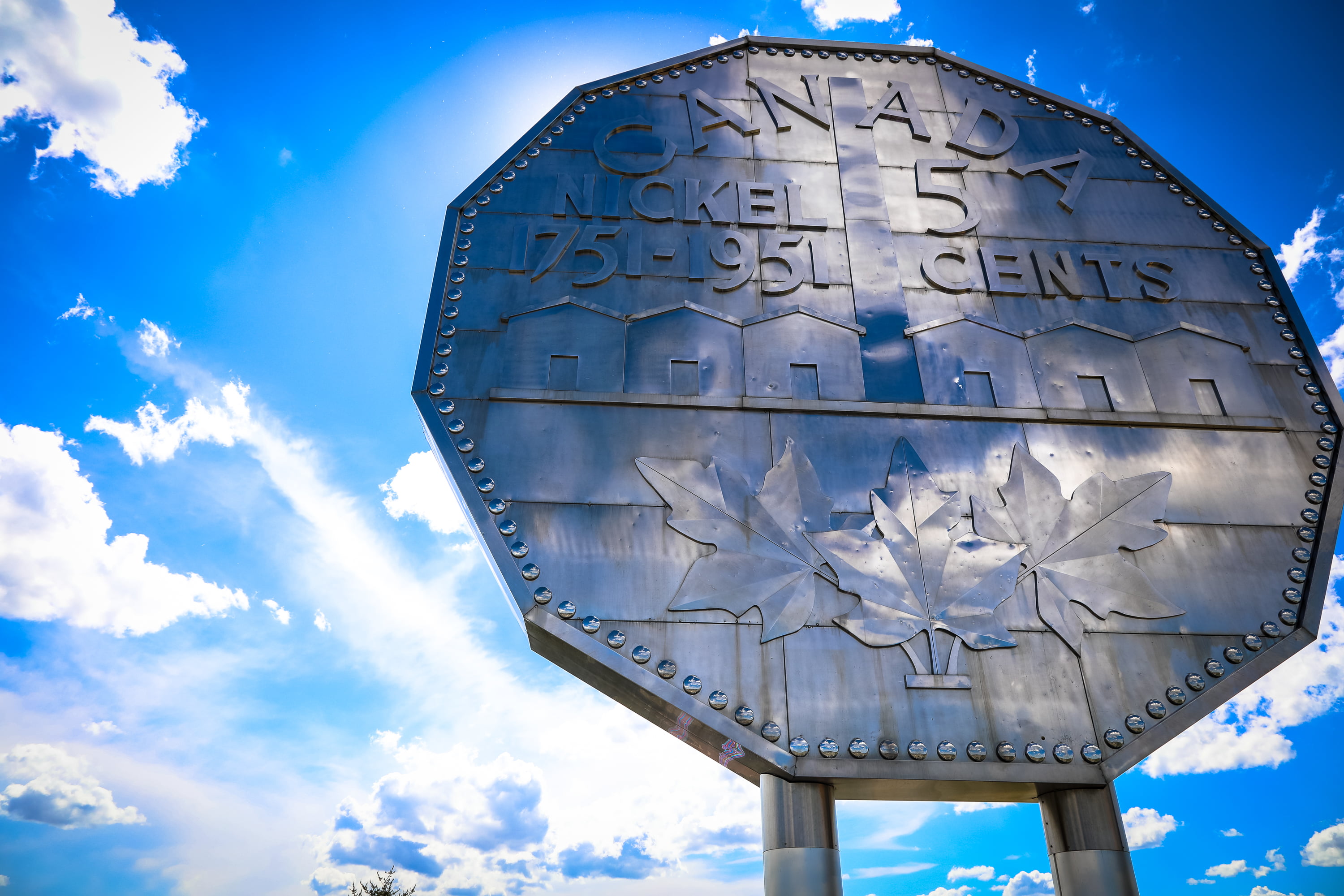
It's on the grounds of the Dynamic Earth, a science centre and outdoor science park, so if you’re making the trip, you could easily spend the day here, but if you just want to take some selfies with the tourist attraction all are welcome! There’s also a bus stop within a 5-minute walk of the Big Nickel.
Before you go, read on to find out what makes the Big Nickel so special!
1. The Coin Was a Firefighter's Passion Project
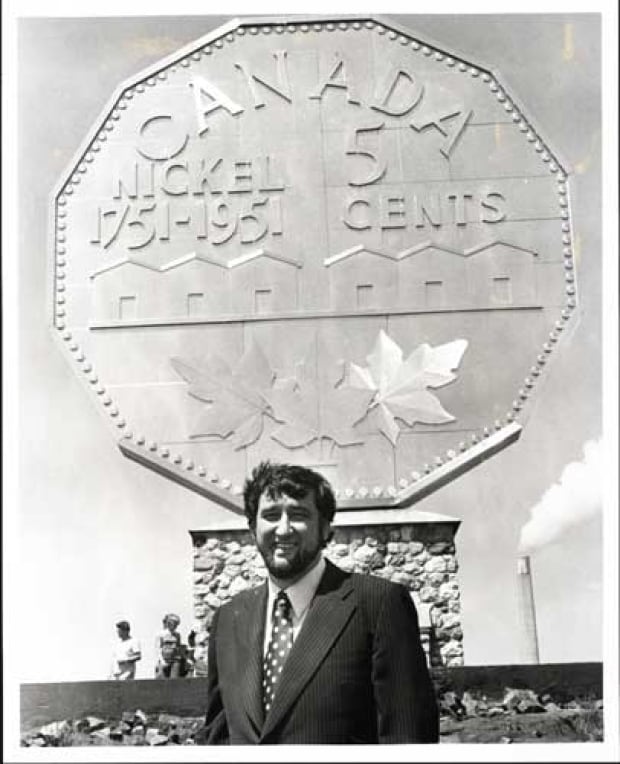
In 1963, the Sudbury Canada Centennial Committee asked Sudburians for suggestions to commemorate the Canadian Centennial. Ted Szilva, a firefighter with the City of Sudbury, got the idea for a tourist attraction related to mining—the city’s key industry—that would involve an educational mine, a science centre, and giant replica coin.
While his idea wasn’t selected by the committee, Szilva couldn’t get it out of his head.
So, he bought and leased land, created Big Nickel Road, and fundraised enough to cover the project—which ended up being around $35,000 in total—and managed to erect it in July of 1964, in plenty of time for Canada’s Centennial. Read the full story of the Big Nickel in Szilva's own words.
2. The Initial Site Included a Variety of Attractions
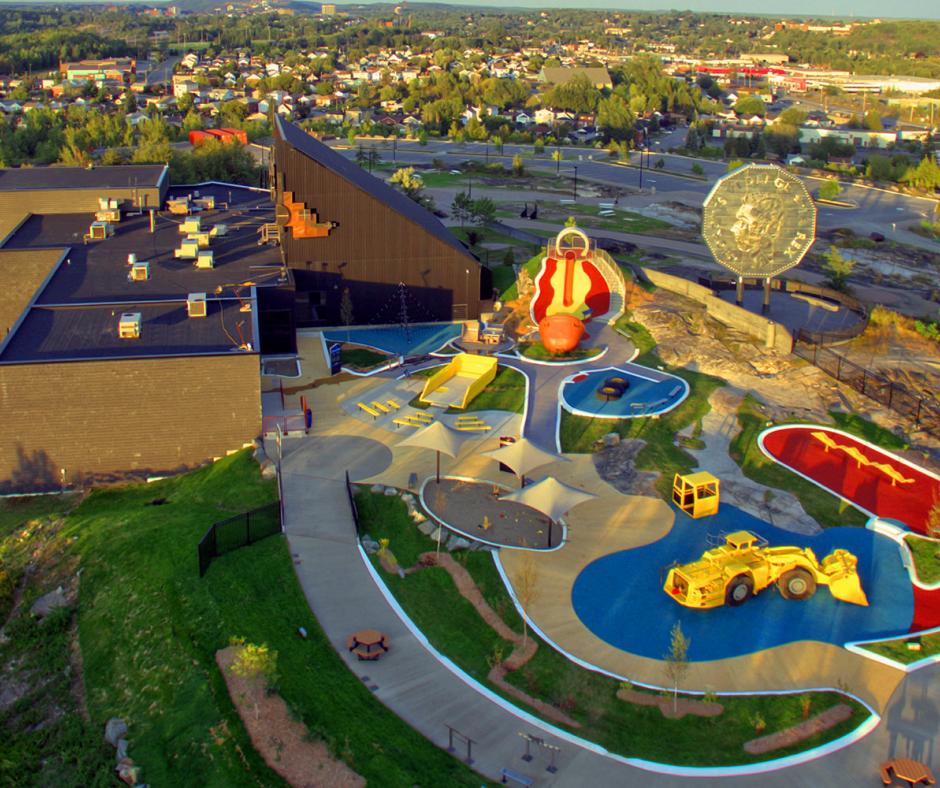
Over the years, the park had a variety of additional attractions to entertain visitors, including the underground mine attraction Szilva envisioned, a steel slag pot and jail cell for additional photo ops, and a train ride.
In 1980, Szilva sold his attraction—and the property it was on— to the Regional Municipality of Sudbury.
3. It Isn't Made of Nickel
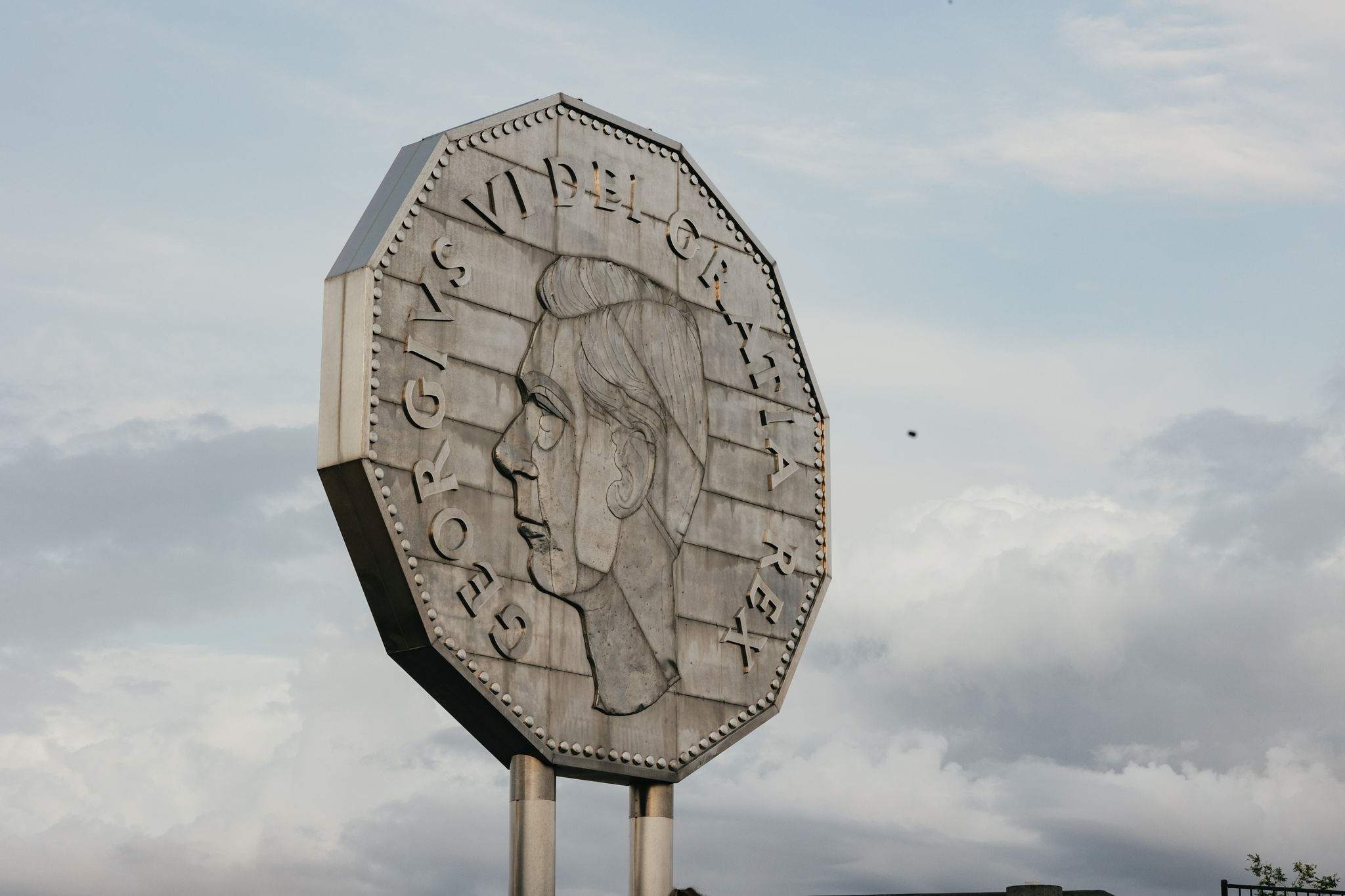
Szilva partnered with local artist and sign manufacturer Bruno Cavallo as well as several metal manufacturers to create the Big Nickel. Cavallo produced the artwork, which featured King George VI on the “heads” side, and a nickel refinery on the “tails” side.
To withstand the elements of Sudbury, Szilva and Cavallo constructed the coin out of sheets of stainless steel—which often do contain some nickel—soldered together with silver and affixed to a steel girdle. And while Canada's original 5 cent coins launched in 1922 were 99.9% nickel, the coins today are composed of a nickel-plated steel.
4. It Wasn’t the Only Coin
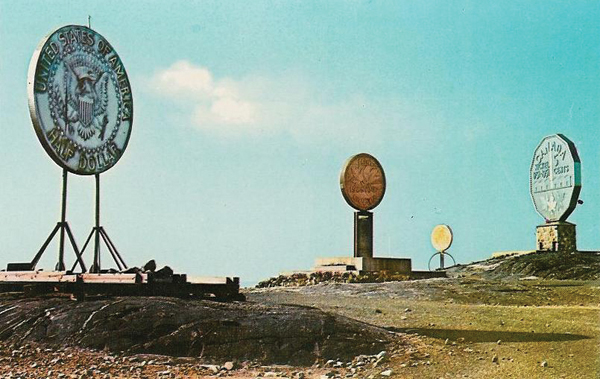
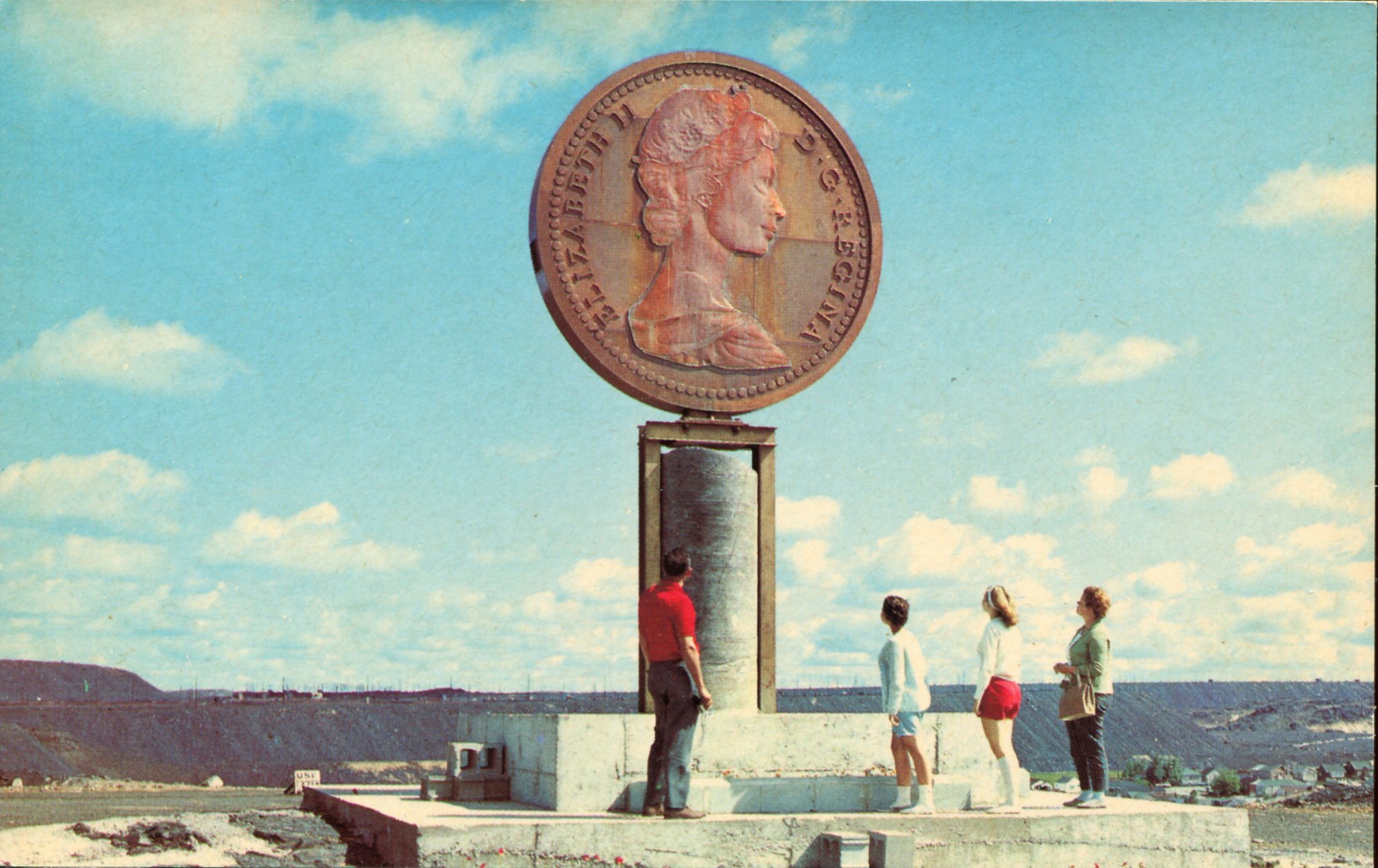
The Fantasy Penny, The Lincoln Penny, The Kennedy Half Dollar and The Twenty Dollar Gold Piece joined the Big Nickel, over the course of the 1960’s, at what was known as both The Big Nickel Park and Canadian Centennial Numismatic Park.
According to the book The Canadian Centennial Numismatic Park, written by Jeff Fournier, Szilva initially envisioned a park with 18 monuments in total.
The others were allegedly sold off when Science North took ownership of the park— Fournier was told by a former employee they were sold for scrap.
5. It Moved
The Big Nickel initially stood on Copper Cliff Hill, and in 2001, it was removed for refurbishment and then relocated to the grounds of Science North—about 7 km from the initial site—while Dynamic Earth was constructed.
In May 2003, it was returned to the original grounds for the Dynamic Earth grand opening.
6. The Coin Stands 3-Storeys High
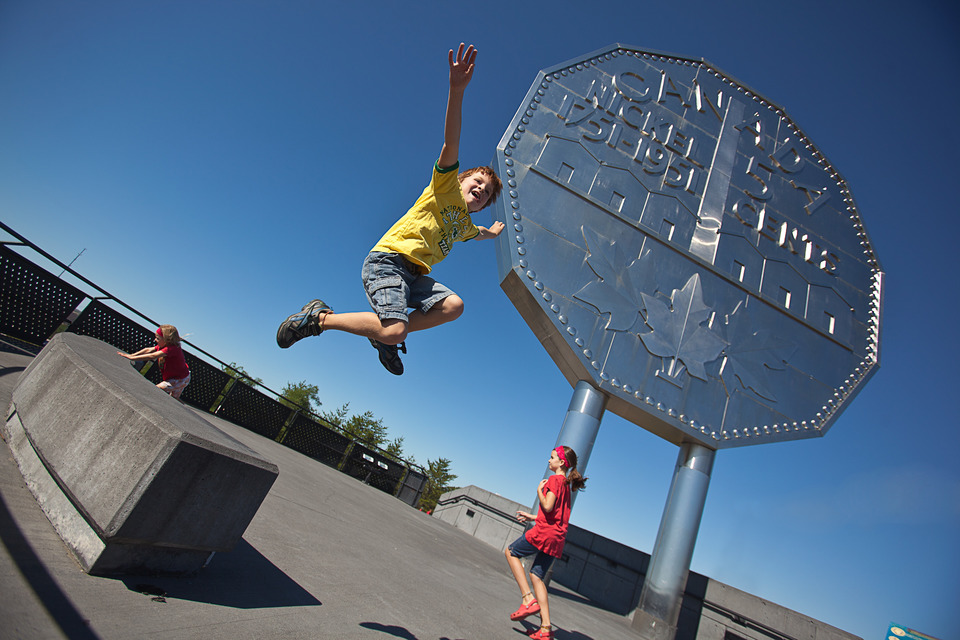
At 30 feet tall, the coin itself is approximately the height of a three-storey house. It’s two feet thick and weighs 13,000 kg, constructed from steel to withstand the spectrum of weather in Sudbury. The base adds another 12 feet of height, and you can walk right under it!
7. It’s a Different Shape From Modern Nickels
The modern nickel, which features a beaver on the front, has rounded edges, whereas the Big Nickel has 12 sides.
That’s because the Big Nickel is a replica of the 1951 five-cent piece, which was 12-sided. During WWII, nickel was needed for the war effort, so the nickel coins were made from a copper-zinc alloy called tombac, which created a reddish hue similar to a penny—also round and made from copper. The sides were introduced to easily differentiate them.
In 1946, nickels were once again made from nickel, and in 1953 they returned to the round shape.
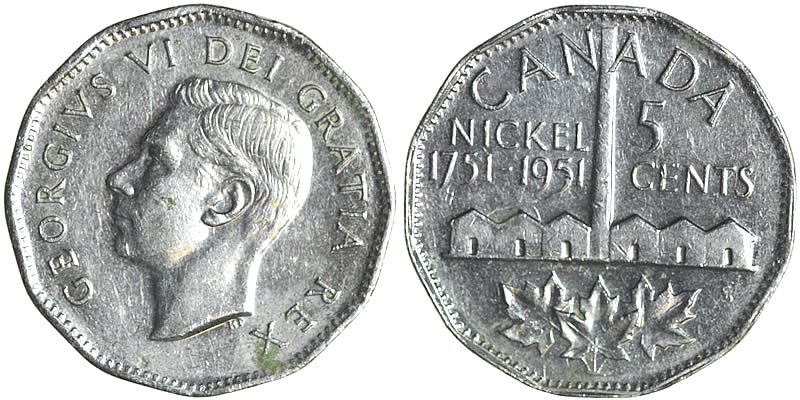
8. It’s Not Just Tourists Who Love The Attraction
The monument has also served as a special spot for coin collectors and clubs.
In fact, coin enthusiasts were a big part of Szilva’s fundraising efforts. While trying to make his vision a reality, Szilva had sets of collectable commemorative coins made, as well as commemorative medals, which he advertised in coin collectors’ magazines.
9. It Makes a Great Projection Screen
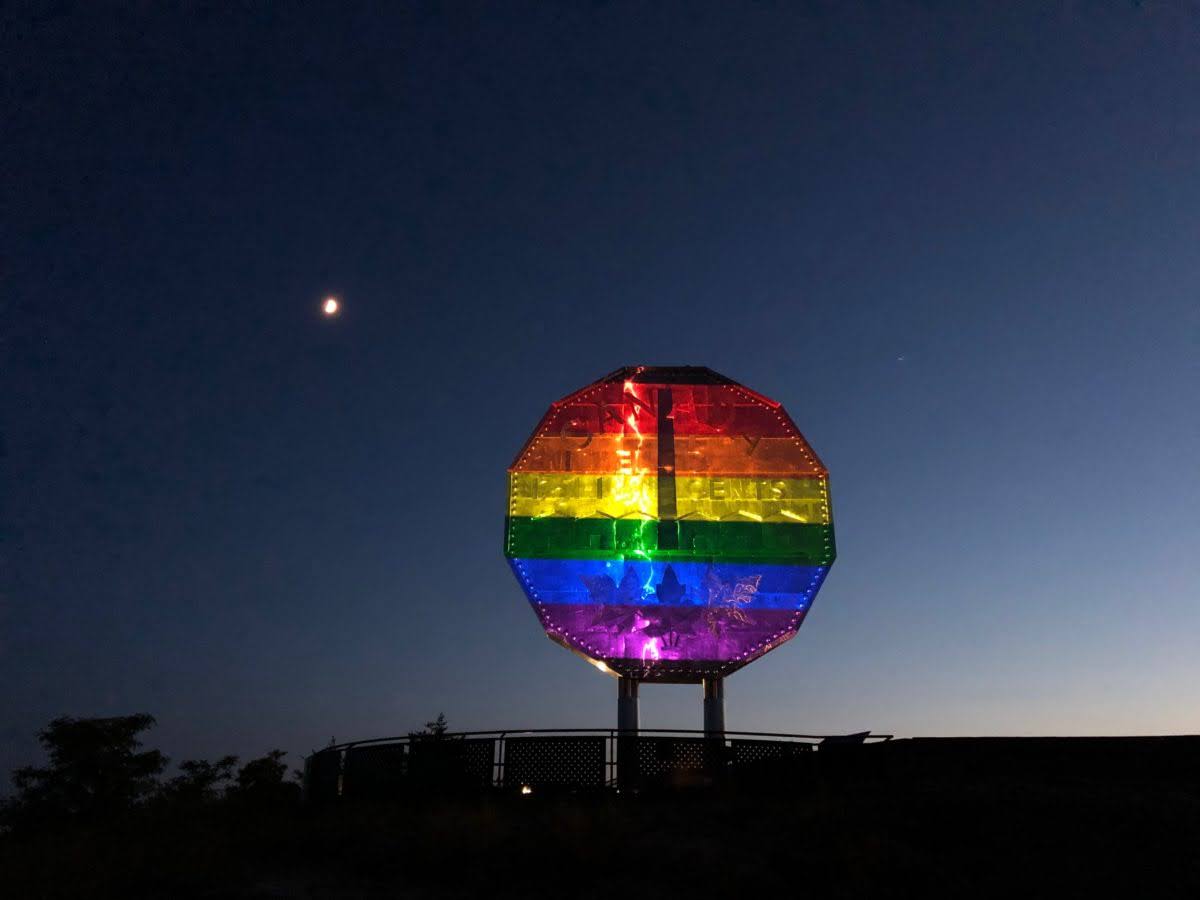
In 2017, Dynamic Earth projected a retrospective multimedia show about Sudbury onto the coin as part of Ontario 150 Celebrations.
It has also been lit up in different colours over the years to recognize different celebrations, such as Pride and Christmas.
10. It Takes Up to 11 Hours to Clean
According to a news report from 2008, when the Big Nickel needs polishing up, it takes up to 11 hours to clean it in an environmentally friendly way.
This involves soda-blasting it, aka using baking soda as a soft abrasive to remove dirt and grime without damaging the surface.
Plan Your Visit to Sudbury and the Big Nickel Today
Check out our Insider's Guide to Sudbury and stay at one of these cozy, well-appointed spots while you're in town. And be sure to check out these additional selfie-worthy sights around the city!
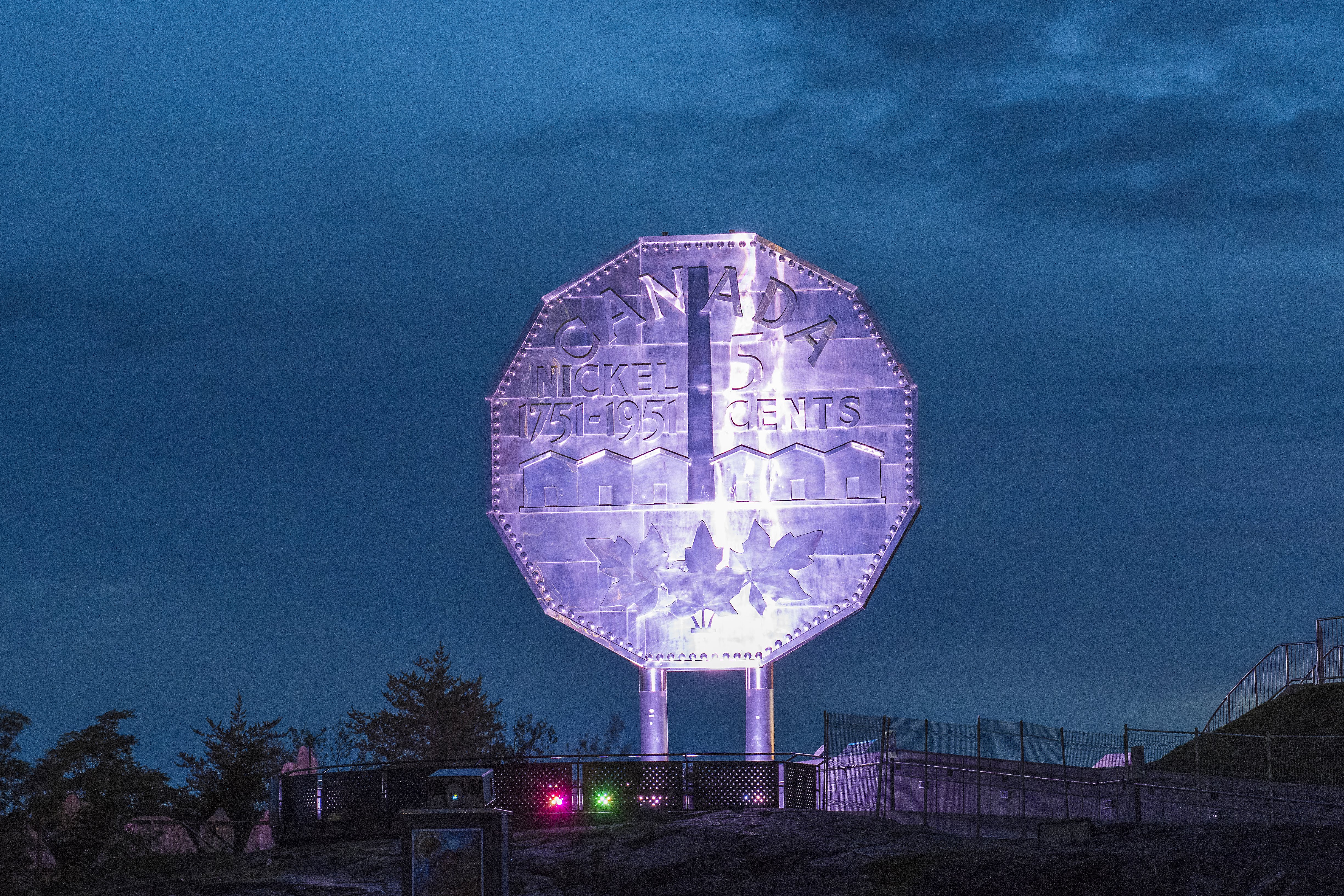
Recommended Articles
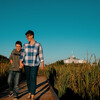
Sustainable Sudbury: An Eco-Friendly Guide To Travel
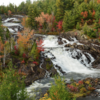
Experience the Group of Seven in Sudbury, Ontario
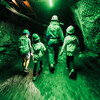
Rock On: Exploring Sudbury’s Impact Crater, Shatter Cones, and Geological Wonders
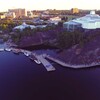
Why Conferences are Better in Sudbury, Ontario
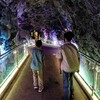
Why Sudbury is the Perfect Weekend Getaway
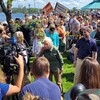
Discover Sudbury's Most Iconic (and Easy to Visit) Movie & TV Locations
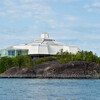
An Insider's Guide to Sudbury
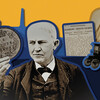
The Hidden History of Thomas Edison in Sudbury, Ontario

A Shoresy Lover's Guide to Sudbury
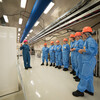
This Underground Lab in Sudbury Is Studying the Smallest Particle in the World
Sudbury Festivals 2025

Sudbury’s Best Bike Rides
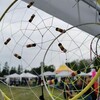
4 Indigenous Experiences in Sudbury: Shops, Galleries, and Adventures
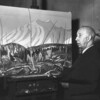
The Sudbury Art Heist
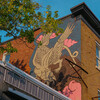
11 Must-See Murals in Sudbury, Ontario






